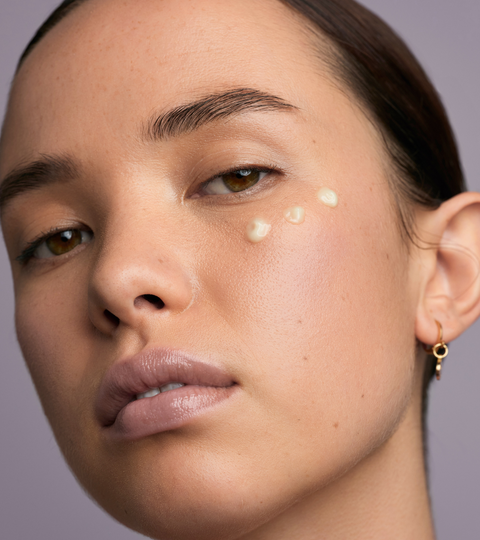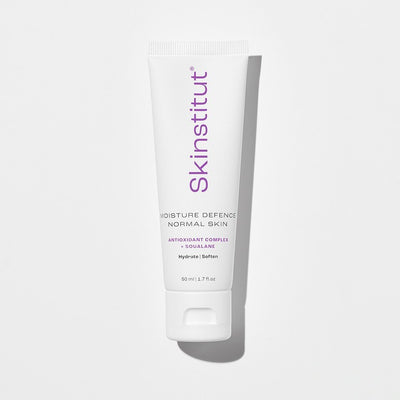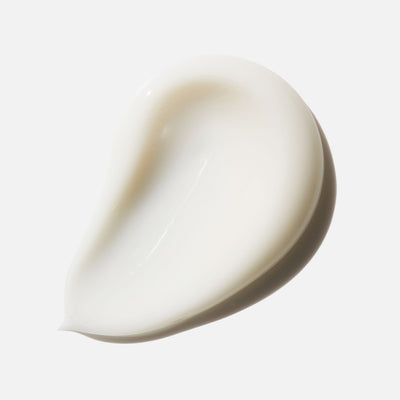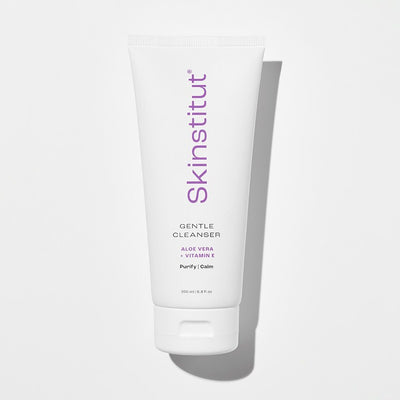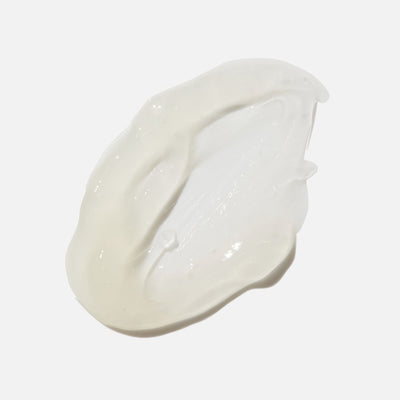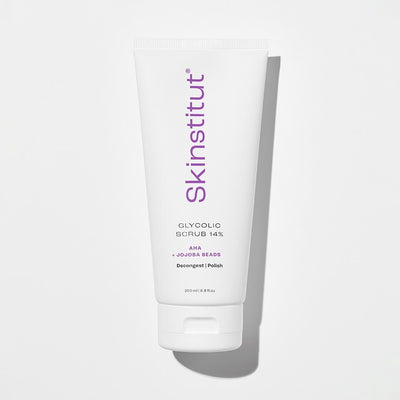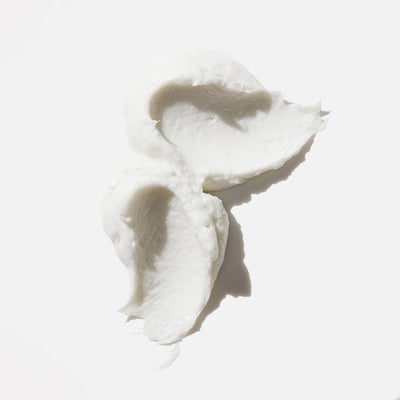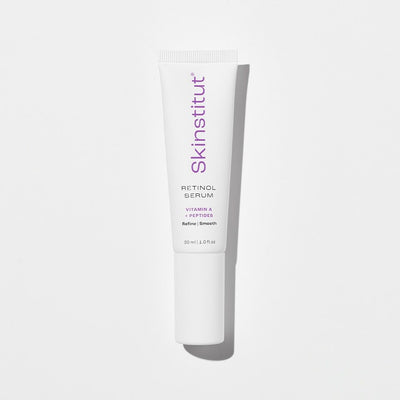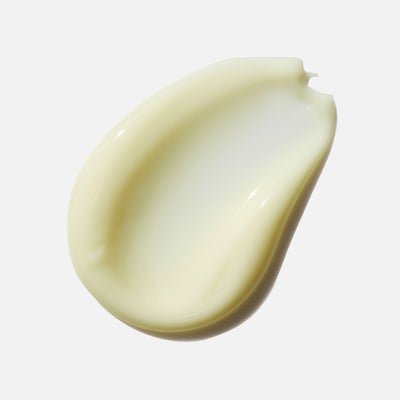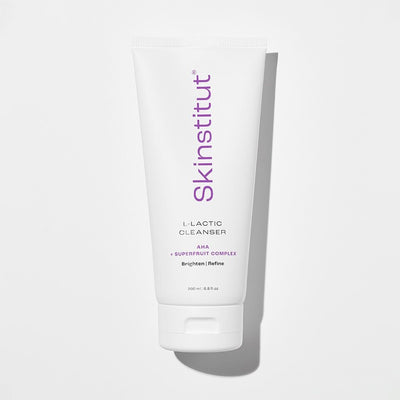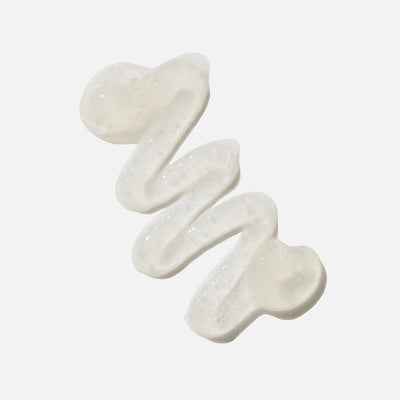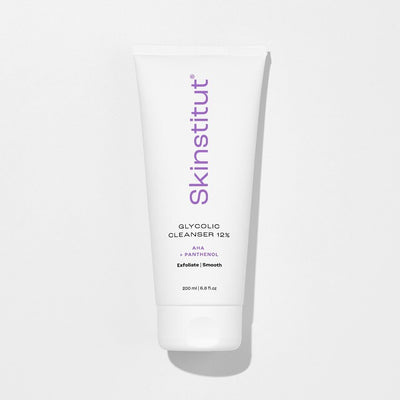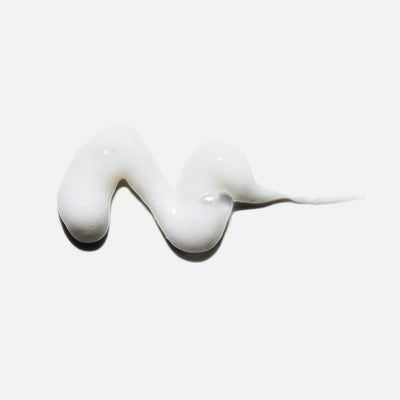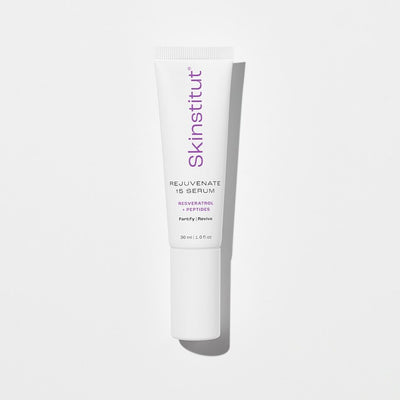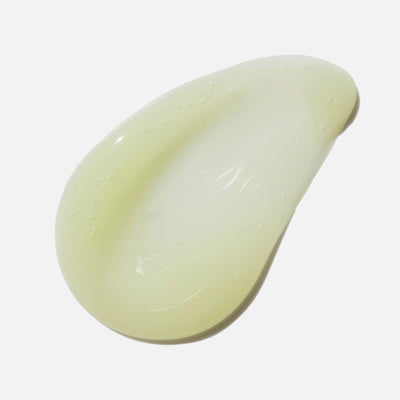Few skincare ingredients have had as much hype as Retinol. But while we know it firms, corrects and clarifies and this is backed by science, what’s less clear is just how it works.
So we’ve compiled everything you need to know about this wonder ingredient, from the various strengths to how it influences the skin, what results it delivers and, most importantly, how to use it for glowing results.
What Is Retinol?
Retinol is a derivative of Vitamin A, a potent antioxidant that’s scientifically proven to speed up cellular turnover. And, because it has the ability to permeate cellular membranes and impacts how skin cells reproduce, its benefits are far reaching.
With dedicated use, it improves almost every common concern, including deep wrinkles, pigmentation, acne, scarring, large pores and uneven texture. To put it simply, Retinol continuously replaces damaged cells with fresh ones, ensuring skin that’s clear, plump, even and refined.
Yep, Vitamin A really is that impressive.
How Does It Work?
Before we get into best practice, it’s worth explaining the ingredient as a whole.
The word ‘Retinoid’ is the blanket term for all Vitamin A-derived ingredients. Retinoids can come in different strengths or forms, including Retinol, Retinol Esters, Retinal and Retinoic Acid.
Let’s break them down:
Retinoic Acid
This is Vitamin A in its purest form, or the form that speaks the same language as our skin. In order for Vitamin A to have an effect, it has to convert to Retinoic Acid.
You can buy pure topical Retinoic Acid, but it's only available via prescription, typically to treat acne and sun damage. In Australia, you might have heard of it referred to as Tretinoin (or tret, in skincare slang).
It’s generally reserved for serious skin issues that haven’t responded to over-the-counter options, but prescription Retinoids come with some weighty side effects, like peeling, extreme dryness and sun sensitivity, so you should discuss whether you need them with a doctor or dermatologist first.
Retinaldehyde Or Retinal
One rung down the ladder is Retinaldehyde, a form of Vitamin A that needs to do one conversion before it transforms into Retinoic Acid.
This ingredient affords speedy results, but with slightly fewer side effects than a prescription option. It’s also the strongest type of Retinoid you can purchase over the counter.
Retinol
Retinol is probably the most commonly found form of Vitamin A in over-the-counter skincare, requiring two conversions in order to become Retinoic Acid.
For this reason, it’s still very effective but less intense, so a great pick for normal, oily, or aged skin.
Retinol Esters
Retinol Esters are gentler forms of Vitamin A that require three or more conversions before they turn into Retinoic Acid (this includes ingredients like Retinyl Palmitate).
These types of retinoids are useful if you have dry, sensitive or reactive skin.
How To Use Retinol For Best Results
When it comes to integrating a Retinoid into your routine, there’s no blanket rule as to what form is best – it really comes down to your skin type and individual concerns you have.
That said, Retinol is a powerful ingredient, so it's important you exercise some restraint, otherwise you risk damaging your skin.
Retinoids can trigger purging or peeling, which is a normal reaction as cellular turnover picks up, and things should even out within a few weeks.
Redness and irritation, however, aren’t normal and generally indicate that you’re using the ingredient too often or layering your skincare incorrectly.
Here’s a few handy rules that will ensure you avoid the above:
- Use Retinol as part of your evening routine, applying to clean, dry skin before moisturising.
- Start slowly, using once or twice a week, before gradually building up to every second night.
- Don’t mix with accelerating acids (such as Glycolic Acid) as this can trigger sensitivity.
- Always rinse off in the morning, and don’t forget to apply SPF!
- If you’re experiencing persistent redness, tightness or discomfort, you might need to trial a gentler option or cut back on your usage. You could also layer it on top of your moisturiser as a buffer.
Find Your Formula
Skinstitut has two hero Retinoids:
Retinol Serum: This OG formula contains 1.25 per cent potent encapsulated Retinol which is the equivalent of 0.25 per cent active Retinol. It’s tolerable but hard-working, making it a great pick for anyone looking to firm the skin, get persistent breakouts under control, or improve skin clarity. We’ve also included a synthetic peptide for a boost in Collagen production. How good is that?!
Expert Reveal Retinol Face Oil: This oil blend uses a combo of Retinyl Palmitate and Retinol that’s equivalent to 0.9 per cent active Retinol. Because it’s suspended in an oil base, it’s supremely nourishing, making it a top choice for normal to dry skin. Benefit-wise, it works to diminish lines and wrinkles, unify tone and encourage Collagen production. Also, it serves up a 10/10 glow.
What’s The Deal With Retinol Alternatives?
While we’ll always be firmly on Team Retinoid, innovations in ingredient science have given rise to a slew of plant-based alternatives.
Truthfully, there’s not the same evidence to show the effects are on par, but for those who are ultra-sensitive, or pregnant (side note: Vitamin A should be avoided during pregnancy and breastfeeding) botanical or plant-based alternatives are a good option.
We love Lanablue, a botanical form of Vitamin A that delivers similar anti-ageing benefits without sensitivity. It’s also rich in B group vitamins and Amino Acids, helping to smooth and re-densify the skin.
Find it in: Rejuvenate 15 Serum.
Winter got your skin feeling and looking a little under the weather? Shop our hero anti-ageing range here.


